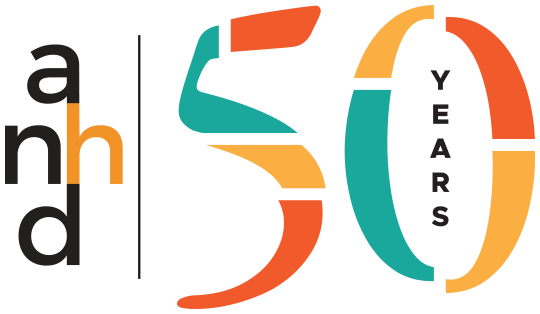
The ANHD Blog raises the profile of our issues, and educates our member groups, city decision makers, and the general public on our core issue areas. The ANHD Blog offers sharp, timely and effective commentary on key public policy issues, as well as our work and the work of our member groups.
All of our blogs are sorted based on the issues, projects, special tags, and dates they are associated with, and you can use the dropdowns below to filter through our blogs based on these tags. Additionally, you can do a general search through our blog, using the search bar the right. If you can’t find what you are looking for, email comms@anhd.org.
Who's Left Out If We Don't Serve 30% AMI
The de Blasio Administration's Mandatory Inclusionary Housing (MIH) proposal is now officially in the hands of City Council, which has until approximately the end of March to vote on the proposal. The Council has the power to reshape the Mayor's MIH proposal.
The de Blasio Administration's Mandatory Inclusionary Housing (MIH) proposal is now officially in the hands of City Council, which has until approximately the end of March to vote on the proposal. The Council has the power to reshape the Mayor's MIH proposal. One of the greatest concerns expressed throughout the land use process by local residents, housing groups, and community boards is lack of deep affordability in the MIH proposal.
Housing advocates have made it clear that the final MIH program must provide units for the City's hard to serve residents at 30% of Area Median Income (AMI). AMI's are confusing. What AMI really means is the income a household would need to qualify for an affordable housing unit. The difference between an MIH policy that serves 40% AMI and one that serves 30% AMI might seem insignificant, but it's not.
WHO GETS LEFT OUT WHEN WE DON'T SERVE 30% AMI?
Single Mother Households: The average single mother in NYC makes $25,000 - not enough to qualify for units above 30%AMI. Over 1 in 4 children are in single mother families. Fixed-income Seniors: The median income for NYC's immigrant seniors is just $9,900 and for native-born seniors still only reaches $18,300. This means that the vast majority of our single person senior households could not qualify for 40% AMI units.
Workers Earning Minimum Wage: In order for low-wage workers to qualify for 40% AMI units, they would need to earn $11.00 per hour with a full 52-week year and a 40-hour work week. A family of 4 needs to earn approximately $16.50 per hour to qualify for a 40% AMI unit. NYCHA & Voucher Wait List Residents: The average family income in NYCHA Public Housing is just $23,311. Over 270,000 families are on the waiting list for NYCHA and over 121,000 families are on the waiting list for Section 8 vouchers - which closed in 2007. If MIH is to reach some of the working New Yorkers on these long waiting lists, it needs to reach the 30% AMI levels.
Healthcare aides, childcare workers, bus drivers, taxi drivers, security guards, and automotive workers are just some of the jobs with median incomes that would only be served by a 30% AMI level.
If it doesn't serve 30% AMI, MIH will leave out nearly 30% of New Yorkers.
ANHD's new map shows the areas where MIH serving below 40% AMI is most critical for the local residents.
Visit our new map, WHO GETS LEFT OUT, WHEN WE DON'T SERVE 30% AMI?



